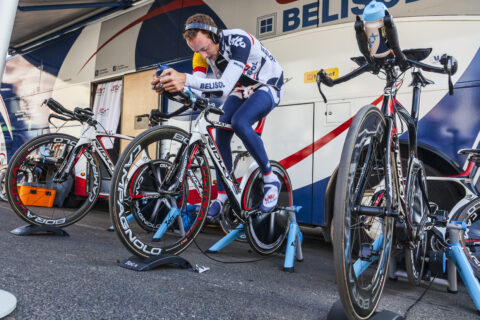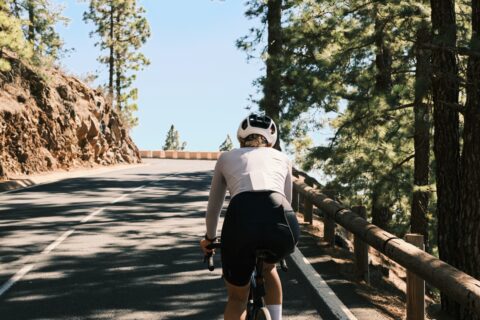How long? How much? How many? Tapering can be a dark art, but we’ve got all your questions answered to help deliver you to your next start line ready to go.
How long? How much? How many? Tapering can be a dark art, but we’ve got all your questions answered to help deliver you to your next start line ready to go.




